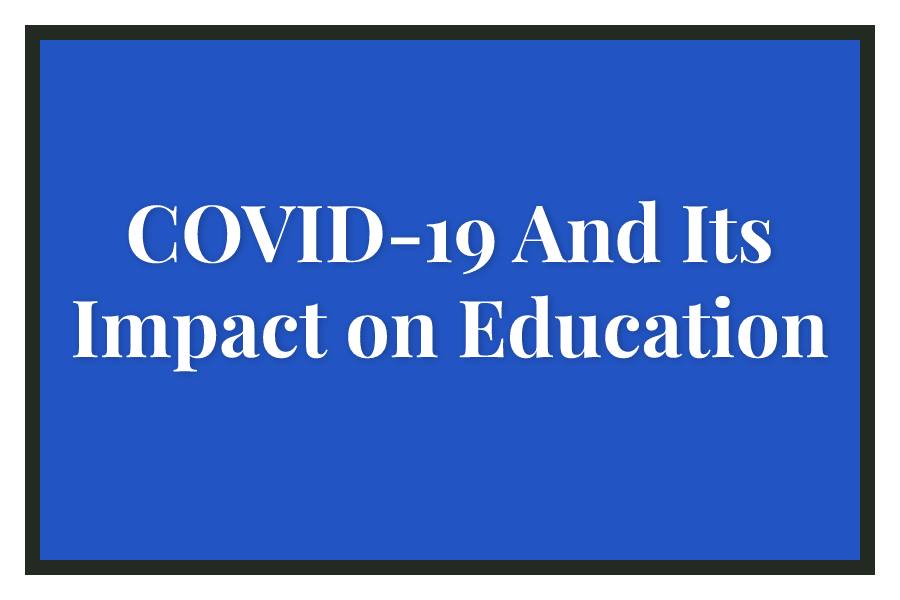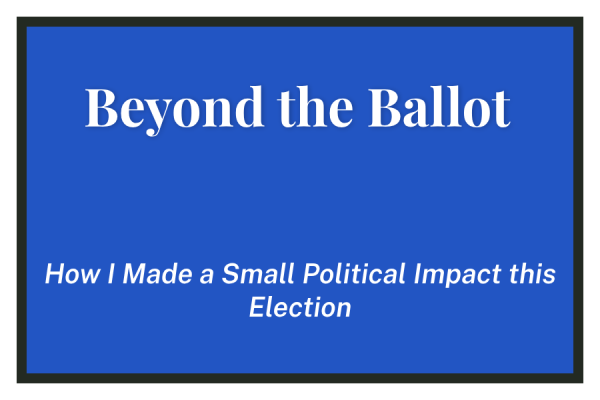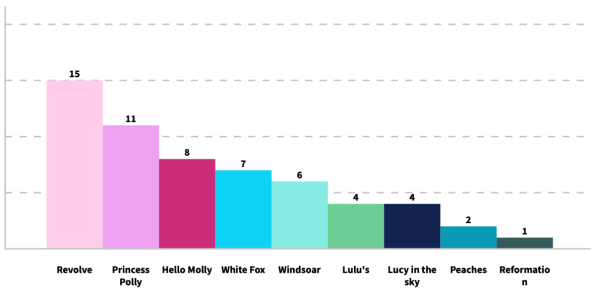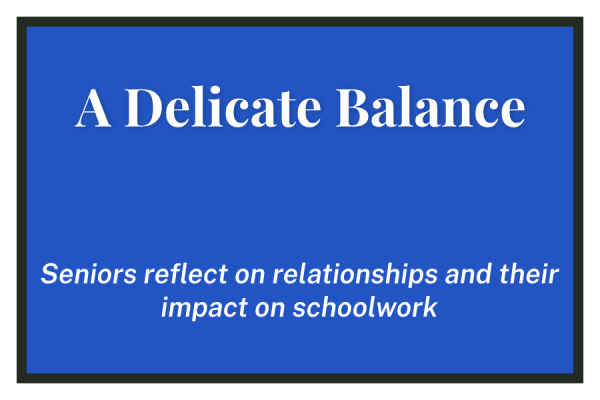COVID-19 And Its Impact on Education
SAT and ACT scores have fallen, 43.9% of the world’s population has been infected by COVID-19 at least once, and one in six children aged 5-16 are likely to have mental health problems. This is only 1,197 days after the first COVID case was diagnosed in the U.S.
That first COVID case was diagnosed in the U.S. on January 20, 2020, only one month and 24 days before Parker shut its doors and went into quarantine. The COVID guidelines have significantly changed since then. In 2020, it was required to stay at your house and go to school and work on Zoom.
Moving forward to the 2020-2021 school year, at Parker the lower and middle schools went back to school in person while high schoolers remained on Zoom. The safety measures for middle and lower school students included everything from temperature tests and online forms before entering the building every morning, to eating in shifts, to going back online for a period of time in the middle of the year. The students were kept in pods, while teachers went back and forth from class to class. Upper School students communicated through Zoom meeting rooms and chat boxes, connecting with their peers only through a screen.
Fast forwarding to the next school year, the 2021-2022 school year was filled with both intense and mild health guidelines. Masks were still required, however, the before-school screening tests dropped off as well as podded groups.
In the current school year, the guidelines are greatly loosened. Now the only time someone is required to wear a mask is if they have been in close contact with a COVID case, and even that is not re-enforced. “We have the guidelines in place, but lots of kids don’t follow them. In high school, I will send out a close contact email and see the kid walking by a day later maskless. It is hard to enforce, but we have all been through so much, I think to be honest, people are just done with having to deal with COVID” Anne Nelson Parker Nurse said.
COVID-19 has affected every aspect of peoples’ lives. The ACT test scores dropped to their lowest in 30 years in a pandemic-affected class. The class of 2022’s average ACT score was 19.8 out of 36. Something similar goes for the SAT. However, the ACT and SAT scores are not the only academic thing affected.
“As a result of the pandemic, learning gaps have developed among students. I know that I am definitely seeing the learning gap in my area because of the pandemic. The ability to write complex sentences, put together an argument, and maintain focus and structure is lacking in this new upcoming class. There are definitely some holes in grammar and mechanics that are usually picked up in that sixth, seventh, and eighth grade year that might have gotten lost because of the pandemic, and I think that just the amount of writing has reduced, so I’m seeing a huge impact on writing. However, I’m also seeing it in reading and understanding the material and comprehending it. I don’t necessarily think it’s the student’s fault but that is something I think needs to be worked on,” Upper School English teacher, and ninth grade Grade-head Cory Zeller, said. This learning gap has been talked about by many teachers. It seems the pandemic has created a lost year or years of learning.
“It is difficult to gauge, however, if it is this freshmen year class or overall. However, I am seeing it throughout the sophomores as well, so this leads me to believe that it is not limited to a single grade,” Zeller said. Yet, not everyone agrees that there is a learning gap.
“Personally I have not seen a learning gap in my students. I teach pre-calc and that is heavily reliant on things from algebra, and there is not very much of a gap related to the pandemic. However, at the beginning of every unit, I do tell my students to come and find me if they don’t remember something from the algebra because we were on Zoom, and we will then go over it,” Upper School math teacher Wendy Olt said.
There is not just a learning gap being talked about. It seems the thing at the core of the issue is a lack of academic maturity. “Academic maturity is what enables students to do well in their classes and it seems that the pandemic created a lack of it. In my class it is not so much that I think kids are behind, but rather that they are not actually doing their work. Academic maturity is knowing that you have to do your work and actually do it and do it on time and not half-assing it. That is what the pandemic took away: the ability and training for students to do their work without getting burned out,” Upper School history teacher Jeanne Barr said.
Zeller agrees. “The best way to think about it is in terms of expectation. If I expect, as a student, to go to school all day and then have free periods to do homework because I expect to have three hours of homework, then my expectation is not to have free time because I expect that I am here as a student and that I will be working and I’m going to be engaged. However, the expectation shifted during the pandemic to more of a work-life balance, so then it feels like if I have to do more work, it is encroaching on my expected free time, so then I’m shifting that paradigm a little bit to the fact that you do not have free time during the academic day because you will be working or meeting with teachers, and that is the mental stamina that has been lost. Before the pandemic the expectation was that high school is rigorous, I go to school, I have hours of homework, I have to do some extra circulars, and now trying to insert free time and then have that not work out is the stamina that we are all sort of lacking, and that is not just limited to students and that what I think we need to build back up.”
“There have been a lot of ups and downs throughout the pandemic in terms of mental health,” Upper School Counselor Gary Childrey said. Mental health has been a huge struggle throughout the pandemic.
During the pandemic, 37% of students reported feeling poor mental health. After the pandemic, the numbers have only kept on climbing. This could be the result of the overwhelming isolation felt during the pandemic, the stress of the pandemic, or a combination of both.
“During the pandemic, students were extremely isolated. Even if you are on your phone texting with friends, you are still sitting alone in a room. The pandemic forced us to rely on technology which was good because it kept the world moving, but it also created a sense of alienation even with our inner circle,” Childrey said.
It is difficult to discern whether the numbers skyrocketed or if it was something else. “I think the combination of the pandemic and more attention being brought to the issue results in the enormously high numbers being reported,” Childrey said.
Overall the pandemic acted as a catalyst for the mental health problems in the country, taking something that was already bad and making it worse. “I think we have to be careful though to not blame everything on the pandemic. Yes, it was a big contributing factor, but there are also so many other things that are affecting your generation,” Childrey said.
“I think that we are going to see the effects of the pandemic for years to come because even though we have emerged from that period, we should not underestimate the impact that time had on young people. Having them taken from their friends and the things they liked to do and put them into home life will have a huge effect going forward, good or bad. There is always going to be that impact it had on young people. That is the impact that we are going to have to continuously unravel for years to come.”








